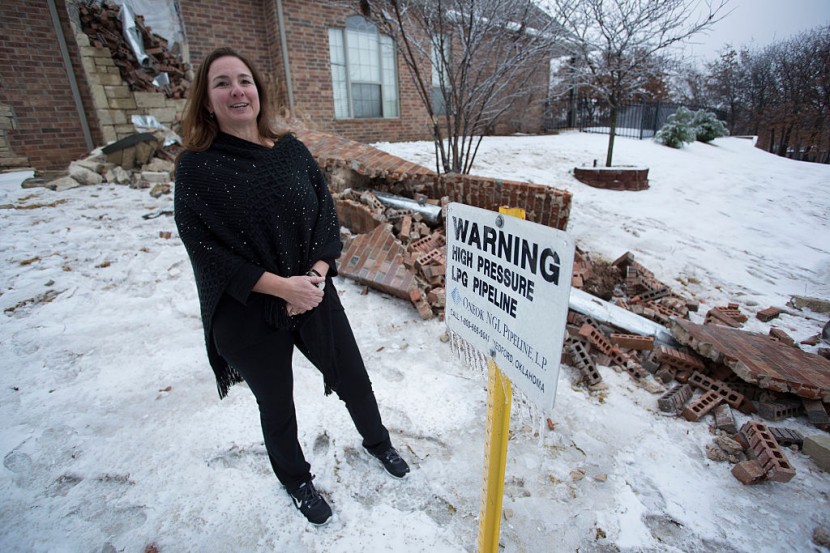
A magnitude 4.1 earthquake hit the west of Shattuck at 1:30 p.m. local time last Tuesday. The quake was also reported to have been felt by residents in Kansas and Texas, according to the U.S. Geological Survey (USGS).
In Shattuck, the town manager Sean Hamilton remarked that there were no immediate reports of damage in the small town of 1,300 residents, some 150 miles northwest of Oklahoma City, reported NBC News via MSN. He added that there were no tremors in Shattuck until now and that quakes don't happen in western Oklahoma.
The state's central region has started experiencing significant tectonic events due to oil and gas drilling. While Fracking, a mining technique employing compressed fluids, has also been blamed for the quakes, the USGS said the main suspect is mining wastewater. A leading cause of tremors is that industrial practice known as "wastewater disposal," said the USGS.
"Wastewater treatment is a different process that involves pumping fluid waste extracted from oil and gas extraction deep down, well below ground water or drinking water reserves. Over 90% of the wastewater pumped in Oklahoma is a byproduct of the oil extraction procedure, not residue frack fluid," as cited by Yahoo.
The USGS added the state had more magnitude 3 and bigger earthquakes occurring between 2014 to 2017 than in renowned earthquake-prone California.
However, wells have been closed due to the increased attention to the magnitude 4.1 earthquake experienced in Oklahoma induced probably by wastewater dumping, and the accompanying seismic activity has lessened. There has not been any new drilling activity in the area, according to Hamilton.
Studies link Fracking to earthquakes in Central and Eastern U.S.
Researchers who presented at the SSA 2019 Annual Meeting said that small earthquakes in Ohio, Pennsylvania, West Virginia, Oklahoma, and Texas could be linked to hydraulic fracking wells in those areas.
While earthquakes caused by wastewater disposal in oil and gas fields in the Central United States are relatively rare, Michael Brudzinski of Miami University in Ohio (professor of Geology and Environmental Earth Science) considers them possible, as agreed with his co-authors. More than 600 minor earthquakes (magnitude 2.0 to 3.8) have been registered within those states, remarked Science Daily.
These earthquakes, he added, maybe "overlooked" in contrast to seismicity linked to wastewater disposal since they tend to happen less often. He and his colleagues investigate trends in the likelihood of inducing seismic activity from hydraulic fracturing, or FrackingFracking, that could help the drilling industry and state regulators better manage drilling practices.
Hydraulic fracturing is a method that involves breaking apart and then creating fissures in a rock formation so that oil and gas can flow and be extracted more easily.
Thus, the magnitude 4.1 earthquake experienced in Oklahoma could have been a result of man-made activities.
Related article: WATCH: 6.5 Magnitude Earthquake Shakes up Southern Idaho








